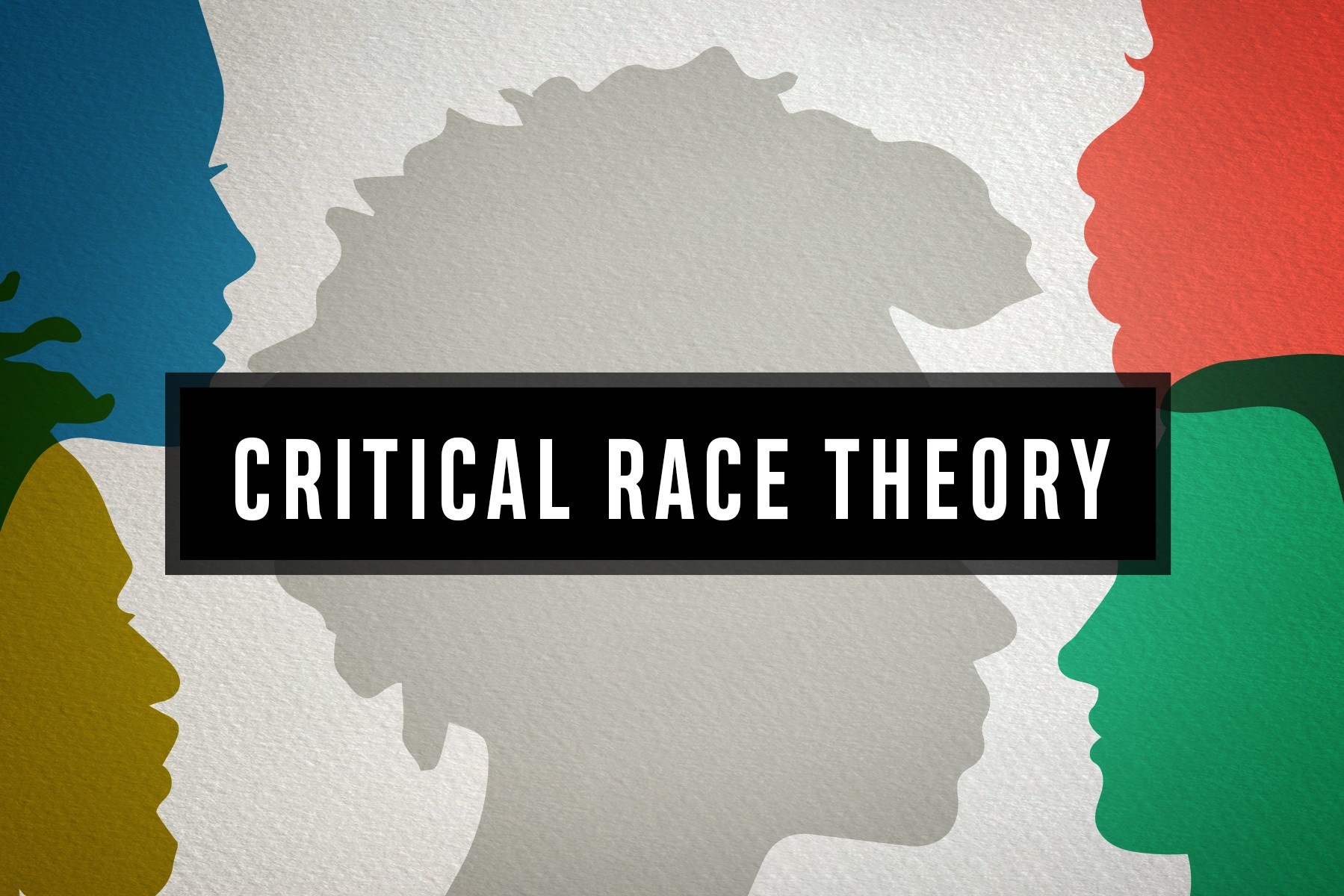In our current age, social media platforms have gained immense power over public discourse, and recent events have highlighted the dire consequences of allowing hate speech and discrimination to thrive without consequences. These reprehensible behaviors not only cause harm to individuals but also damage the fabric of society by perpetuating harmful stereotypes and fueling divisions. As such, we must work towards creating a safer online environment where all individuals can express themselves freely without fear of harassment or discrimination. The repercussions of such content are not limited to social harm alone; they extend to the corporate world as advertisers begin to distance themselves from platforms that tolerate such toxicity. One platform facing a mass exodus of advertisers is X, formerly known as Twitter, and the reasons are deeply concerning.
Recent revelations have exposed a disturbing trend of pro-Nazi content appearing alongside company advertisements. Even more disconcerting, the platform could have effectively prevented this from happening. In a world where corporate responsibility is paramount, this grave oversight threatens the reputations and values of companies that advertise on X.
Moreover, the actions of influential figures on X, like Elon Musk, supporting baseless antisemitic conspiracy theories, send shockwaves through the platform’s user base of millions. Musk’s actions amplify hateful narratives and contribute to an environment where disinformation and hatred can fester. Such actions by influential individuals can have socially and economically far-reaching consequences.
The response from corporations has been swift and resolute. IBM, a tech giant, has demonstrated its commitment to ethics and social responsibility by ceasing all advertising on X. Their stance echoes a “zero tolerance for hate speech and discrimination” policy, which should serve as a benchmark for other companies. The European Commission, a governing body responsible for the well-being of millions across the continent, has suspended all advertising on X, emphasizing the gravity of the situation.
Hollywood studio Lionsgate Entertainment, a prominent name in the entertainment industry, has also taken a principled stand, immediately suspending all advertising on X. This bold statement aligns with their commitment to fostering a culture of respect and inclusion.
Even Apple, a tech behemoth, has noticed and halted all advertising on X, signaling the gravity of the issue. Such actions from leading companies serve as a reminder that the corporate world has a role in shaping the ethical landscape of social media platforms.
We should take into account the departure of these advertisers. It sends a powerful message to X and platforms like it, asserting the importance of accountability, ethical responsibility, and protecting societal values over profit margins. Companies that continue to advertise on platforms that allow hate speech and discrimination risk not only tarnishing their brand but also complicity in enabling harm.
In conclusion, the exodus of advertisers from X is not merely a business decision but a response to a grave moral and ethical concern. Hate speech and discrimination have no place in our society, and platforms that allow their propagation must be held accountable. The actions of companies like IBM, the European Commission, Lionsgate Entertainment, and Apple should serve as an inspiration to others. We can foster an online environment that promotes tolerance, diversity, and well-being.
Citation:
Allyn, B. (2023, November 17). Advertiser exodus grows as Elon Musk’s X struggles to calm concerns over antisemitism. NPR. https://www.npr.org/2023/11/17/1213836636/advertiser-exodus-grows-as-elon-musks-x-struggles-to-calm-concerns-over-antisemi















